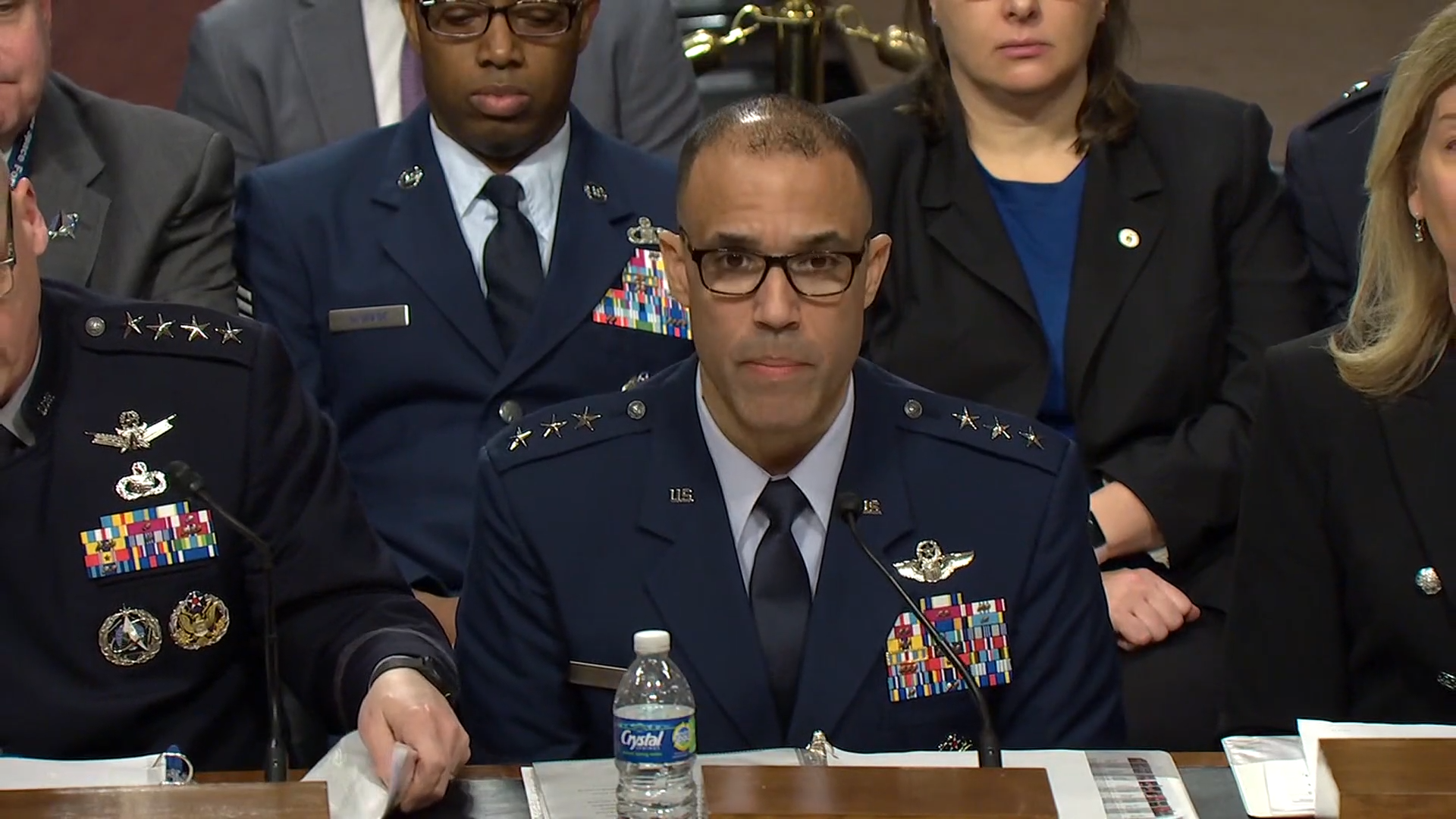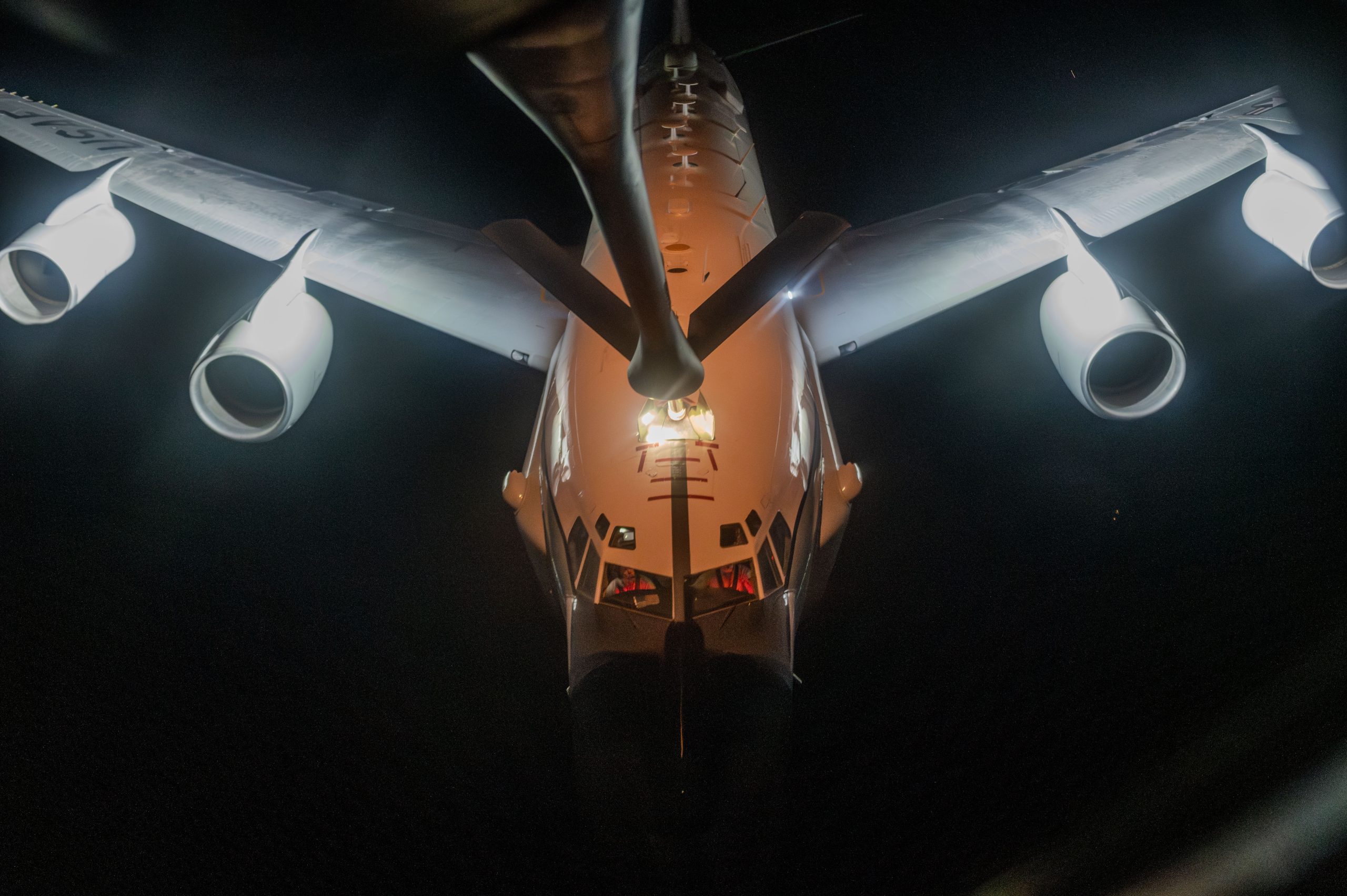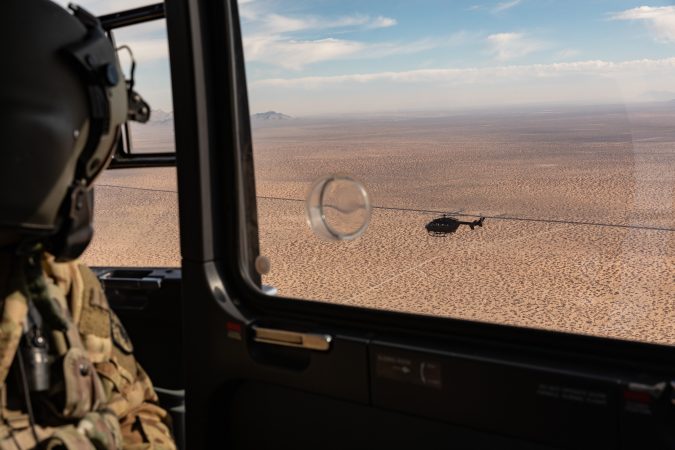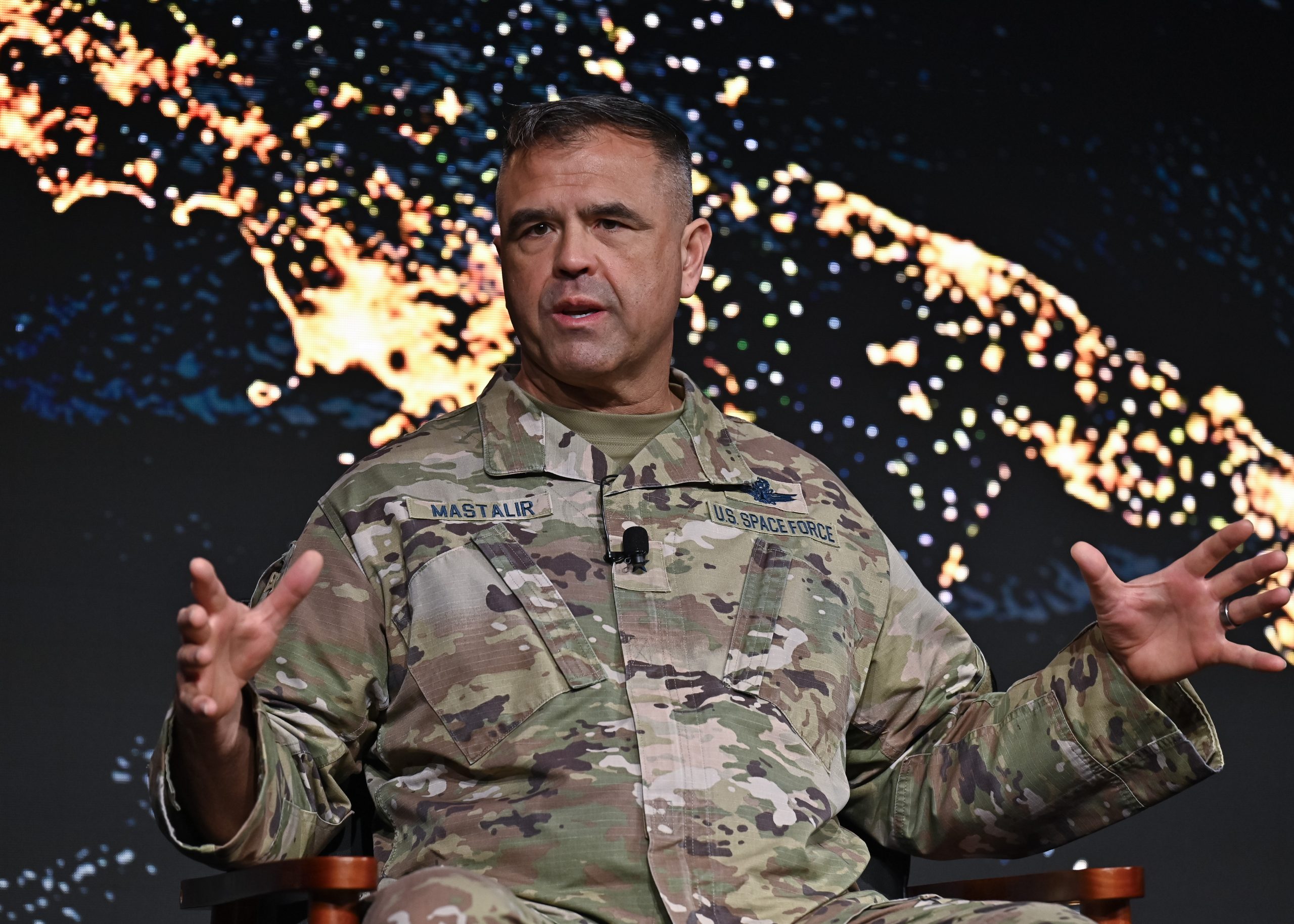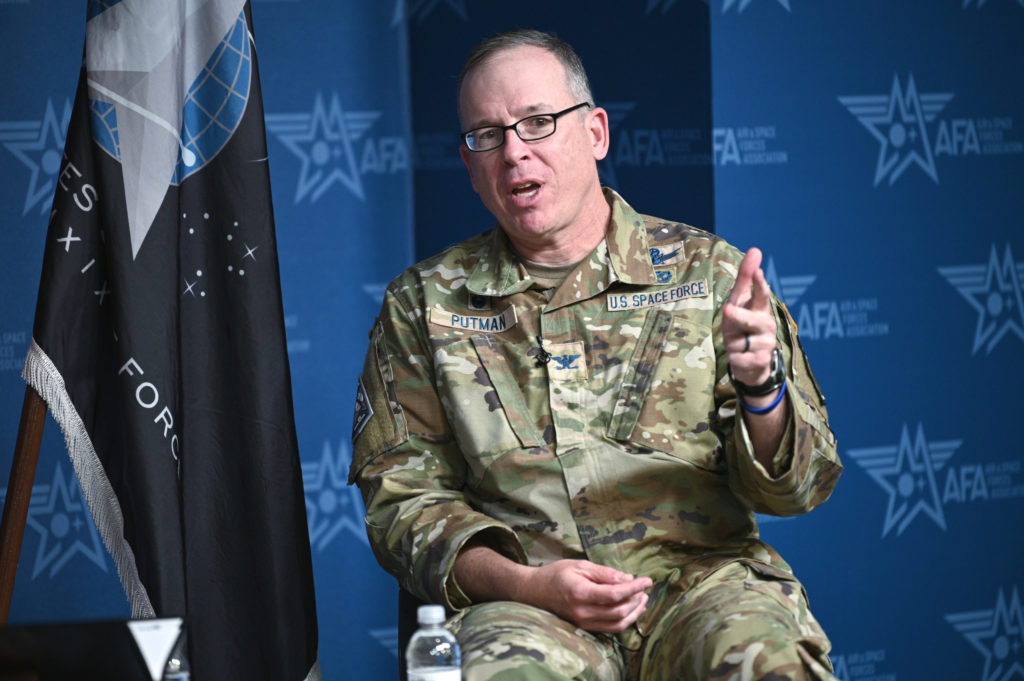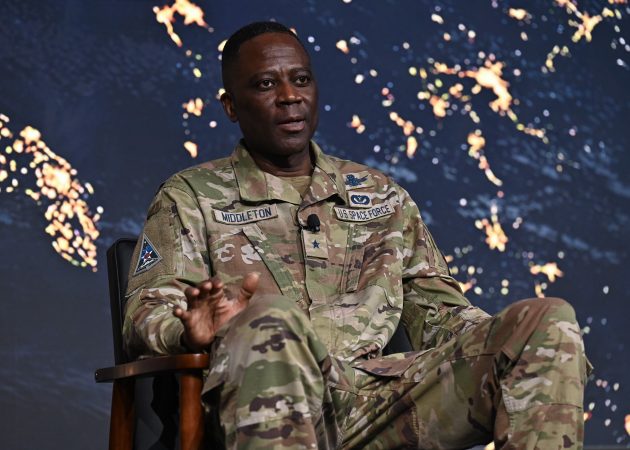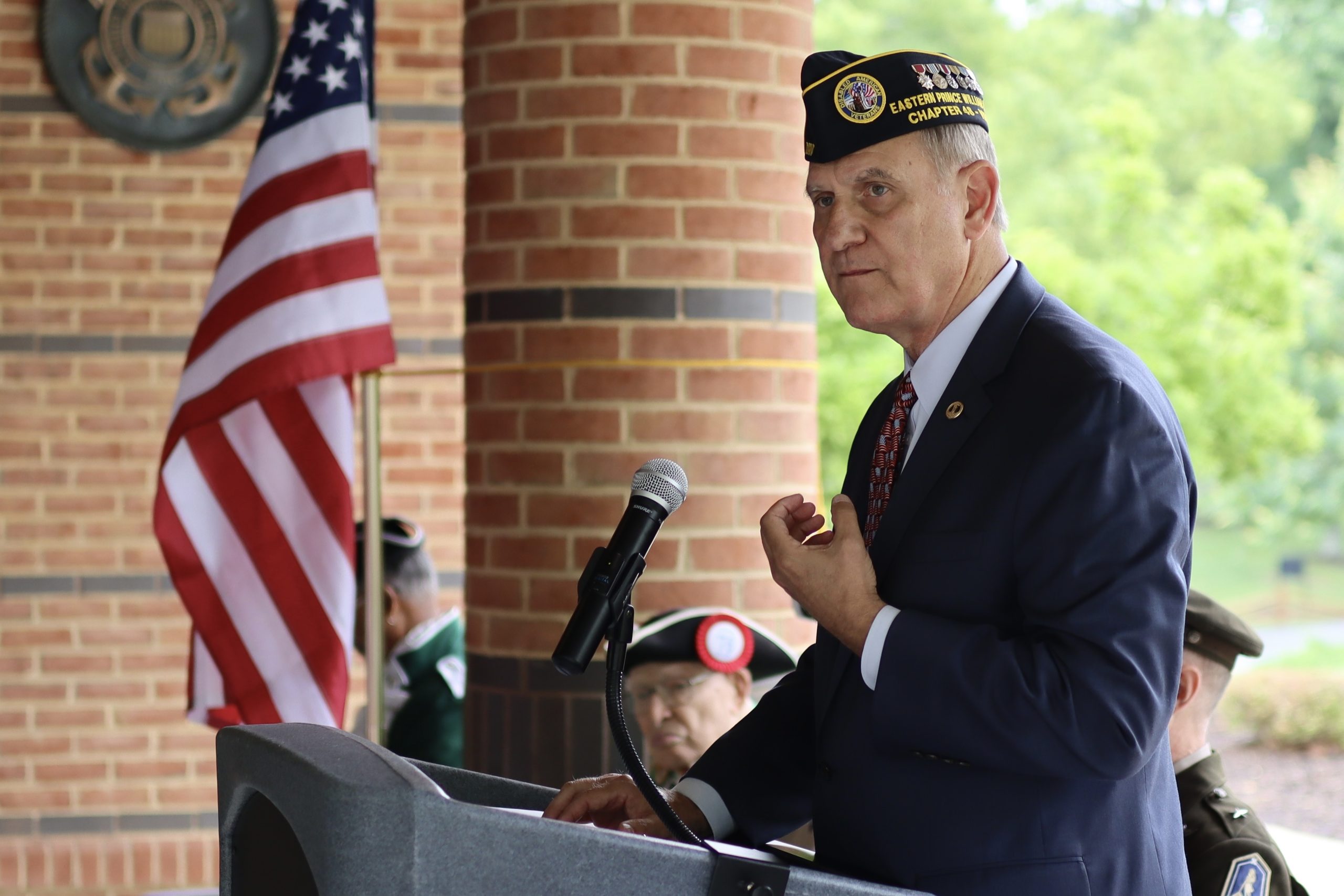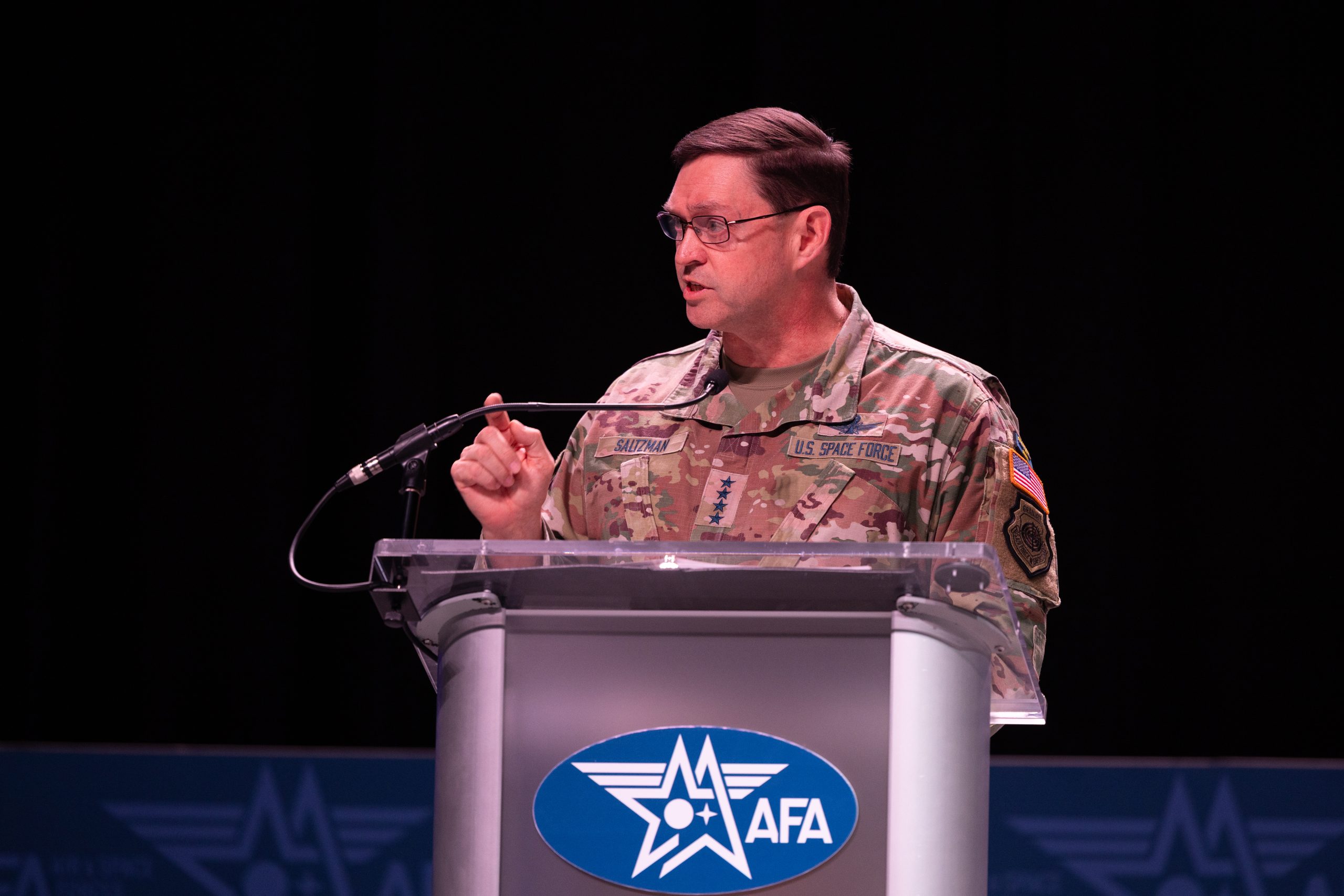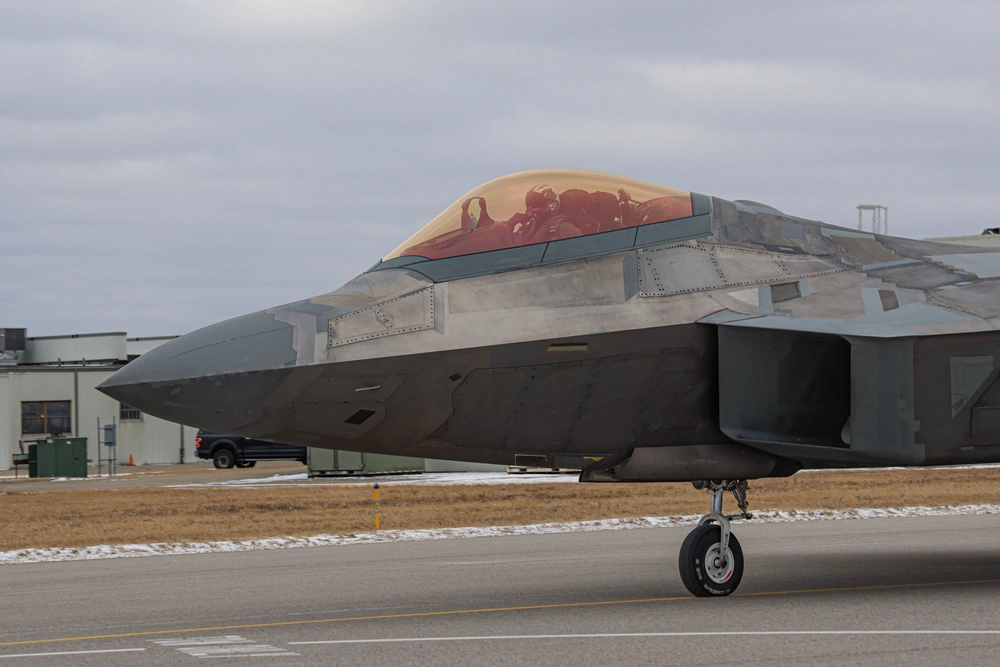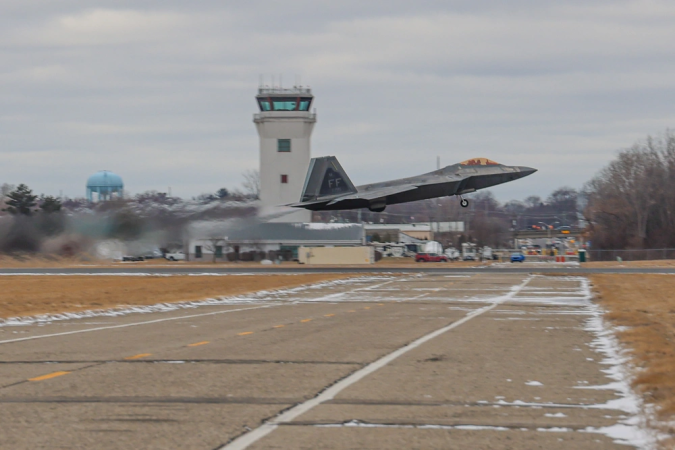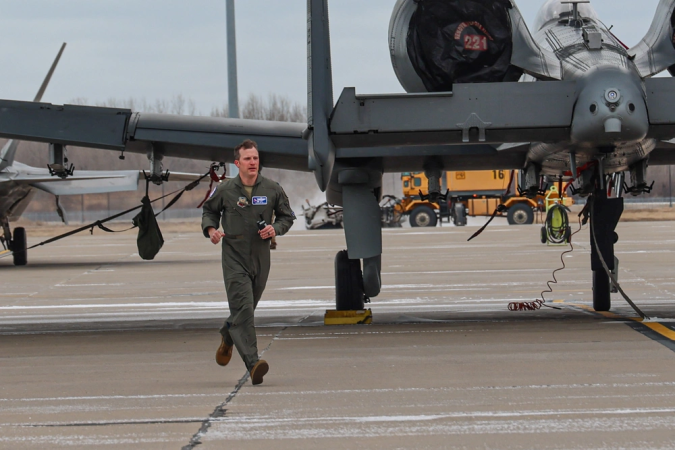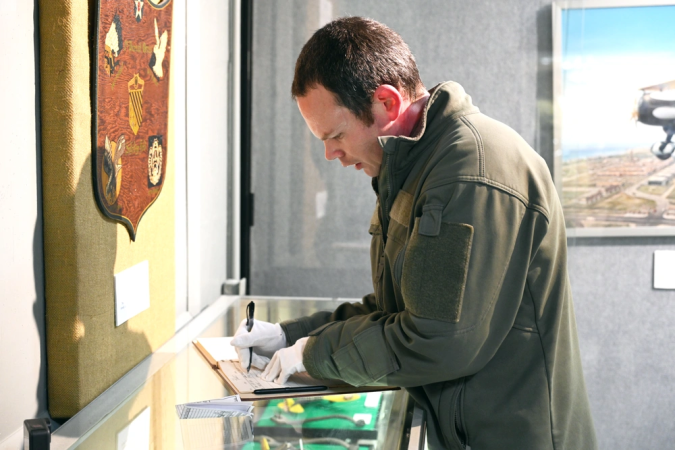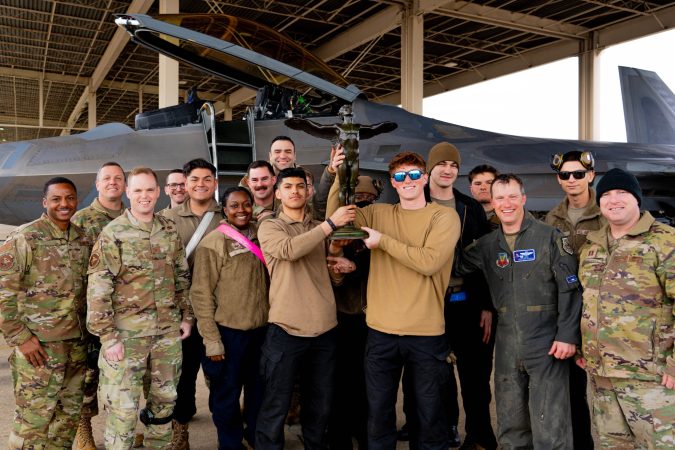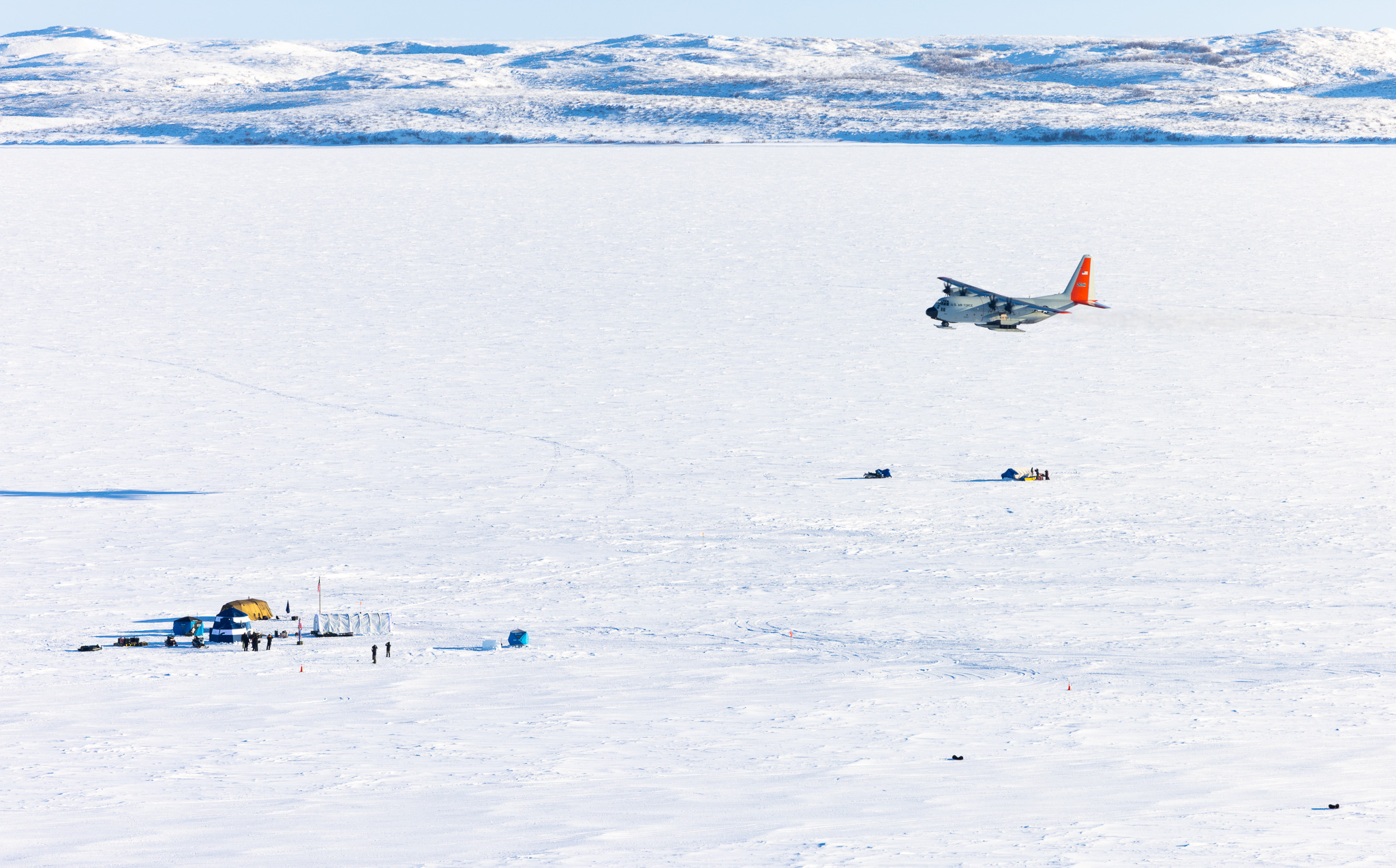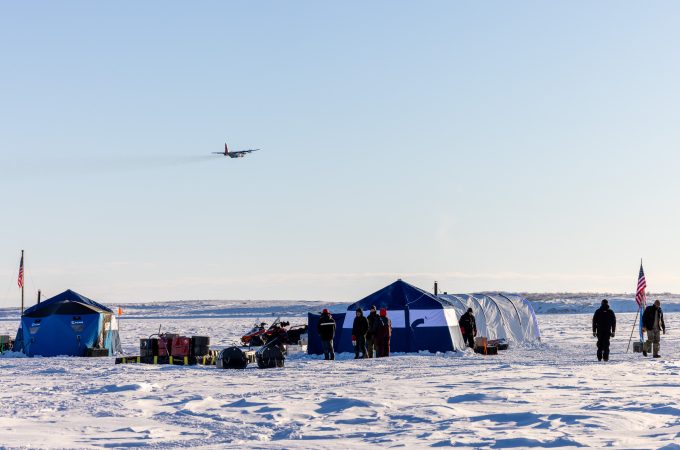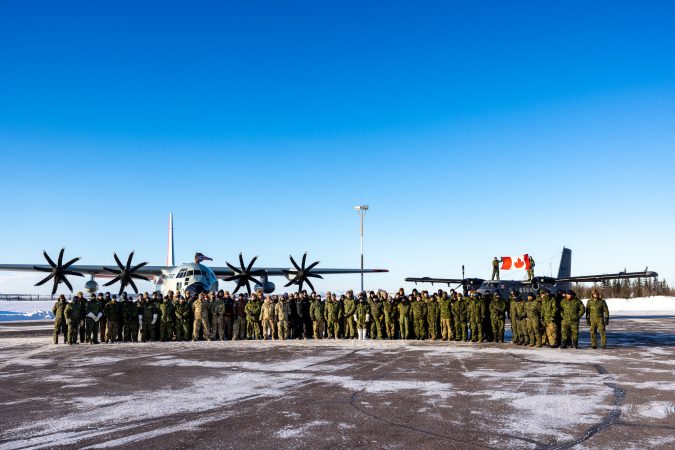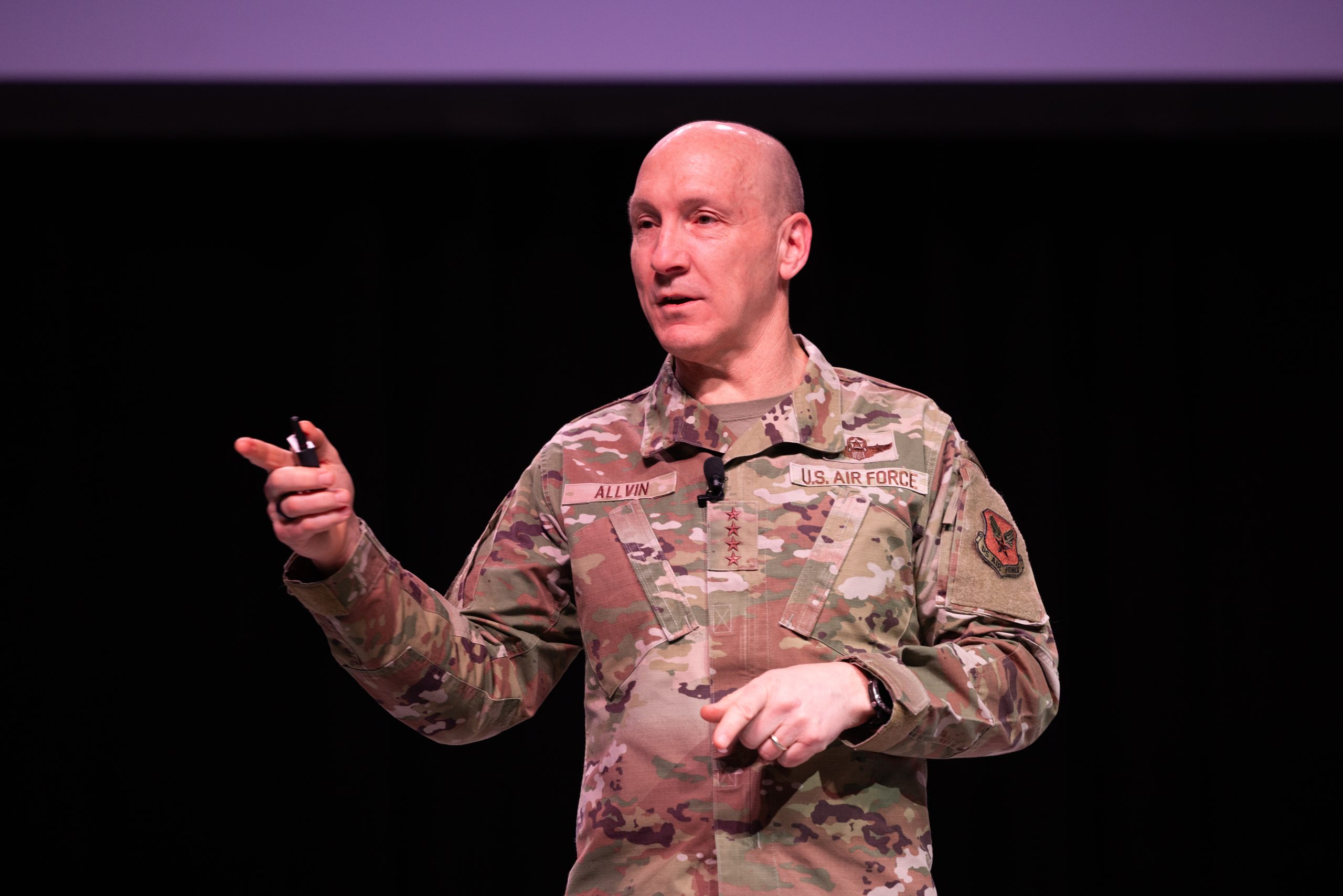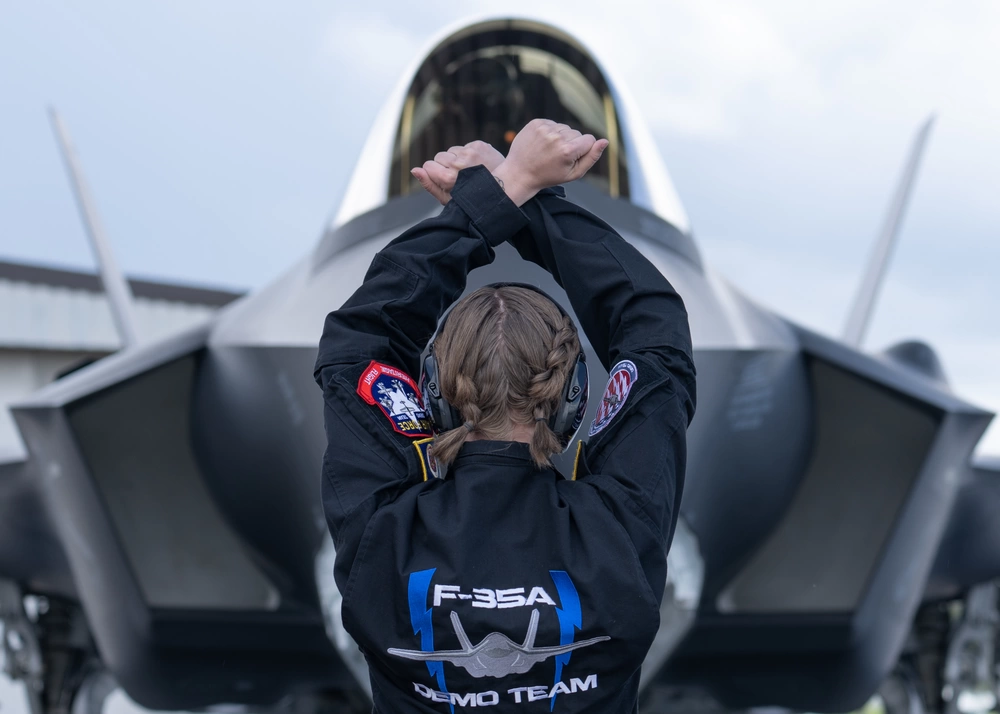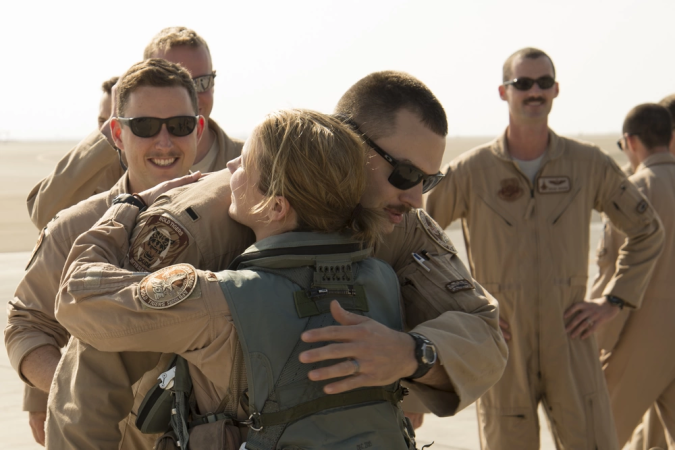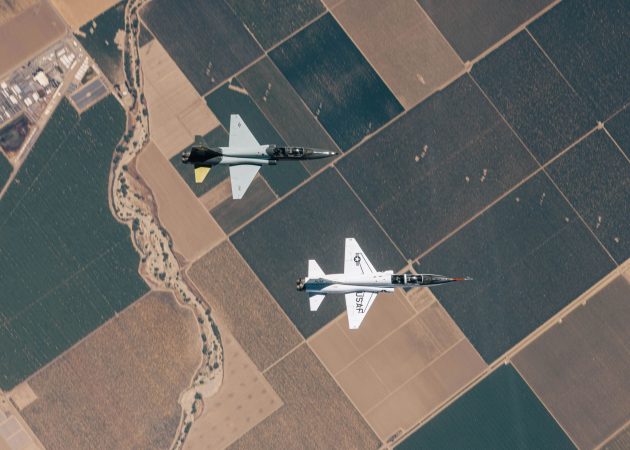A full-year continuing resolution in place of an authorized and appropriated fiscal 2025 budget would cost the Air Force at least $4 billion and potentially up to $14 billion, said Lt. Gen. Adrian L. Spain, deputy chief of staff for operations, in congressional testimony.
“The CR … has impact on our readiness up to the tune of about $4 billion,” Spain said at a Senate Armed Services readiness subcommittee hearing March 12. “Without anomalies, and with the Fiscal Responsibility Act kicking in,” he added, the real impact is “closer to $14 billion, which we cannot afford.”
The flexibility and anomalies he referenced have to do with special permissions proposed to permit the services to undertake new programs, which are typically prohibited under a CR.
“We expect and look forward to the final version of this CR, if it were to pass, with flexibility and agility and anomalies, to spend as required, to retain readiness to the maximum possible level,” Spain told the committee.
Spain didn’t elaborate on the specific cuts or reductions necessary to live within the CR’s spending limits. Instead, he discussed the “four primary pillars” of Air Force readiness that could be affected by spending reductions: “parts and supply, people, flying and training, and current infrastructure.”
Other programs impacting future readiness will also be affected, he said, including “rebuilding acquisitions, long-term sustainment, and recruiting and retention at a relevant pace and scale.”
Spain said the Air Force would also benefit from flexibility on quality-of-life accounts “to mitigate those risks” should funding be insufficient in some areas.
While Airmen will always “get the job done,” he said, “they do so at an elevated risk” when budgets are squeezed. “It is … a fact that today’s Airmen [operates] with the oldest airplanes, the smallest force, and with fewer monthly flying hours than at any point in our history.”
He noted that while the U.S. Air Force is being cut, China’s military forces, by contrast, “are expanding and modernizing their nuclear modernization, [and] long-range missile proliferation.” Recent Chinese test flights “of two sixth-gen aircraft is simply further evidence of the elevated threat in the strategic environment,” Spain said.
While the Air Force has traditionally focused on individual elements of readiness, like flying hours for pilots, the service is now trying to look holistically at how those elements “must be synchronized to create a warfighting capability over time.” The Air Force can no longer afford “the luxury of segmented attention,” he said.
“We’ve specifically prioritized parts and supply in the flying hour program,” he said. “We’ve also reconnected our manpower and infrastructure priorities directly to our core readiness outcomes in both our processes and our data. It’s our intent to maintain focus and priority on these pillars to strengthen our readiness and improve our lethality, and we’re moving out.”
SASC Chairman Roger Wicker (R-Miss.) joined the readiness subcommittee for the hearing, and noted that the yearlong CR would leave the defense budget underfunded.
“The real flaw in the CR that we’ll be voting on later this week is that it doesn’t provide enough money, regardless of the anomalies and the tiny plus-ups here and there,” Wicker said. The Senate version of the CR has “$150 billion in the reconciliation bill” which he said “may not be enough.”
Wicker said he has heard “some comforting words from the administration that they realize that, too.” The House version of the measure, already passed, contains $100 billion extra for defense.
Wicker ticked off new and increasing threats from China, Russia, and North Korea and said additional funds would be necessary to counter those.
Readiness subcommittee chair Dan Sullivan (R-Alaska) focused his questioning on how a yearlong CR would affect each service branch. One by one, each service representative offered a variation on how other accounts would have to be raided to pay for cuts imposed by the CR. Sullivan observed that the only thing worse than a yearlong CR would be “a government shutdown.”
A shutdown looms if Congress does not pass the CR or some other measure this week.
Sullivan indicated military end strength should be increased, noting that doing so would reverse reductions approved when the services couldn’t achieve their recruiting goals in 2023. All the witnesses said their services were above 100 percent of recruiting targets in fiscal 2024, but those goals were smaller than in prior years.
“From a recruiting standpoint,” Spain said, “the Air Force was above glide slope on our recruiting goals for the year. We increased the [goal] by 20 percent and in fact, we’re still above the 20 percent increase. And we have the largest delayed-entry pool that we’ve had in 10 years,” he said.
USAF is further along “at this point in the year [than it has been] in the last 15 years,” Spain added. “So we’re in a good position.” Spain credited the improvement to additional recruiters and increased training.
